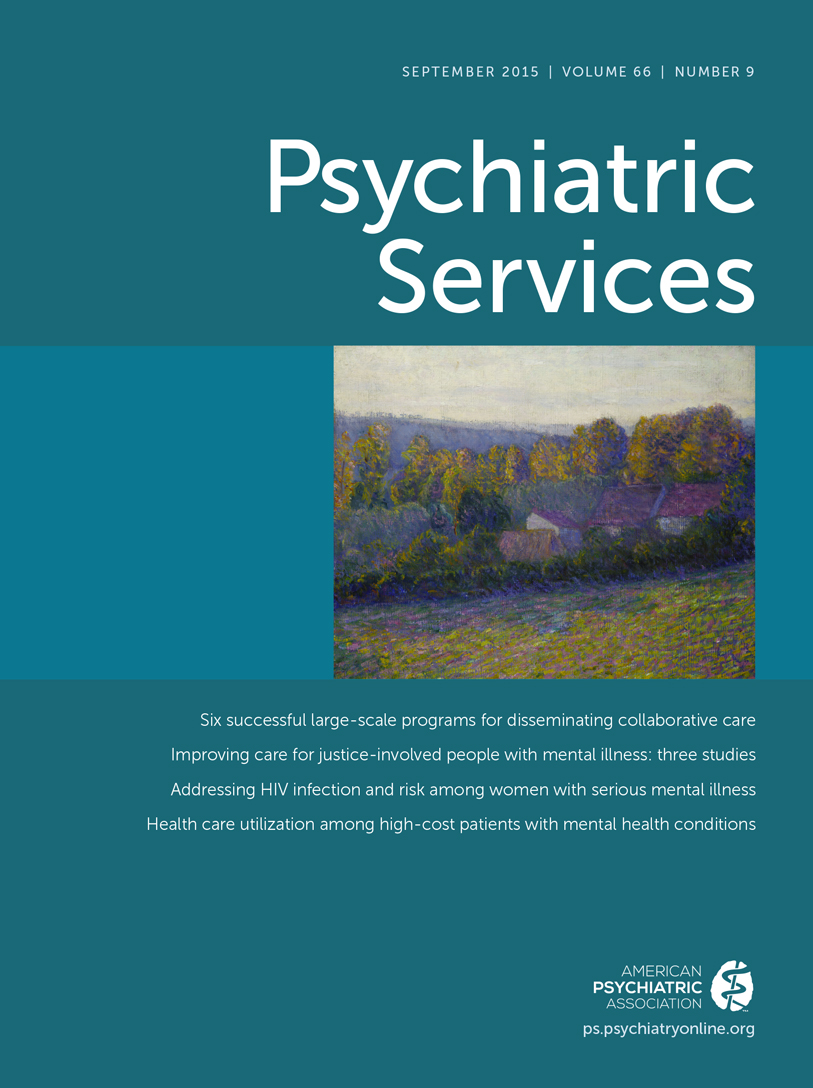Use of Mental Health Services by Children Ages Six to 11 With Emotional or Behavioral Difficulties
Abstract
Objective:
The authors reported use of mental health services among children in the United States between ages six and 11 who were described by their parents as having emotional or behavioral difficulties (EBDs).
Methods:
Using data from the 2010–2012 National Health Interview Survey, the authors estimated the national percentage of children ages six to 11 with serious or minor EBDs (N=2,500) who received treatment for their difficulties, including only mental health services other than medication (psychosocial services), only medication, both psychosocial services and medication, and neither type of service. They calculated the percentage of children who received school-based and non–school-based psychosocial services in 2011–2012 and who had unmet need for psychosocial services in 2010–2012.
Results:
In 2010–2012, 5.8% of U.S. children ages six to 11 had serious EBDs and 17.3% had minor EBDs. Among children with EBDs, 17.8% were receiving both medication and psychosocial services, 28.8% psychosocial services only, 6.8% medication only, and 46.6% neither medication nor psychosocial services. Among children with EBDs in 2011–2012, 18.6% received school-based psychosocial services only, 11.4% non–school-based psychosocial services only, and 17.3% both school- and non–school-based psychosocial services. In 2010–2012, 8.2% of children with EBDs had unmet need for psychosocial services.
Conclusions:
School-age children with EBDs received a range of mental health services, but nearly half received neither medication nor psychosocial services. School-based providers played a role in delivering psychosocial services, but parents reported an unmet need for psychosocial services among some children.



